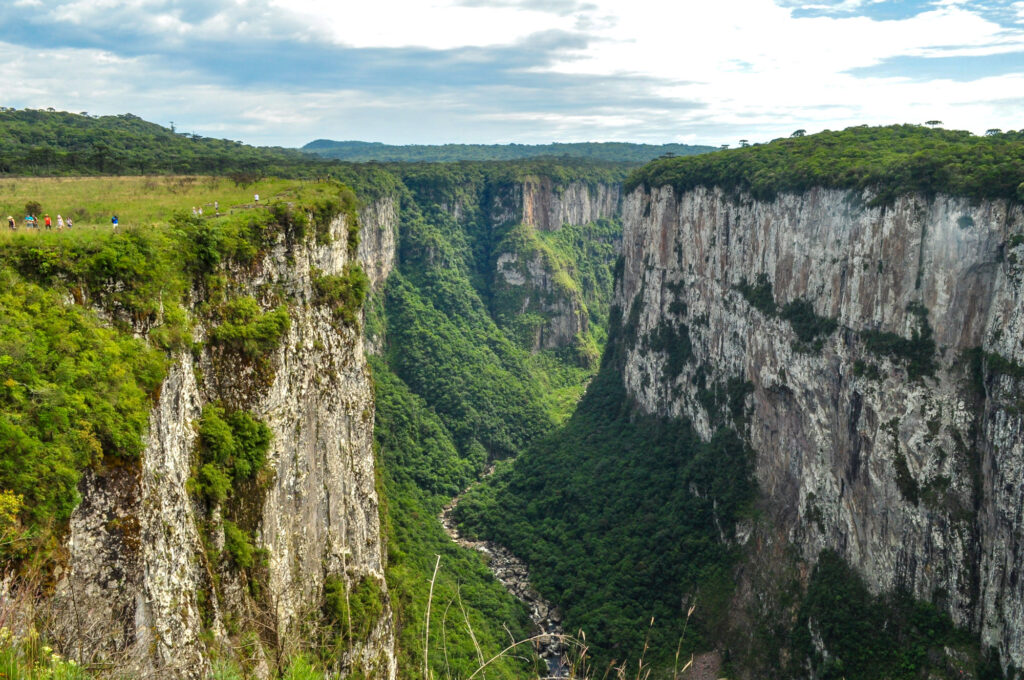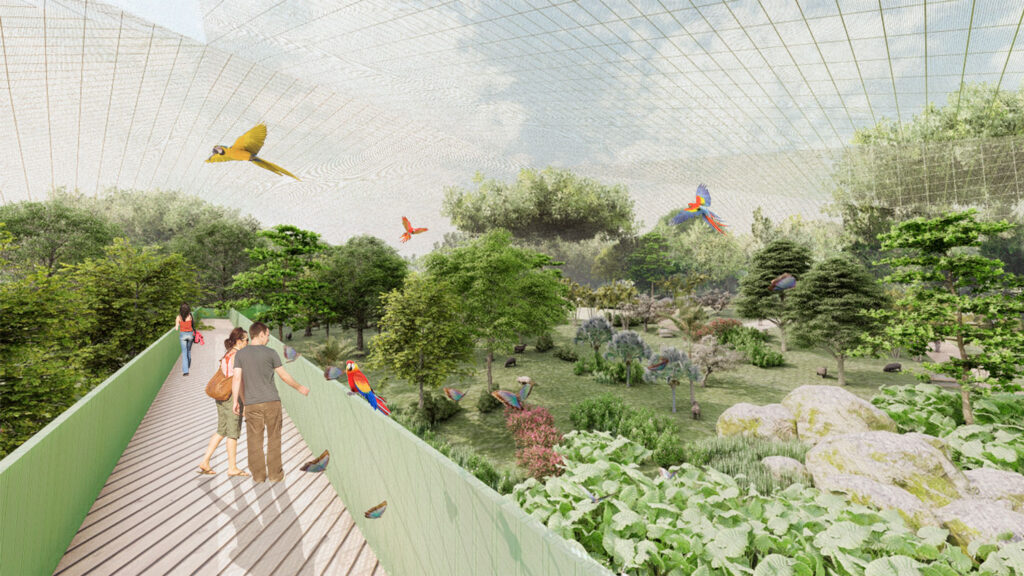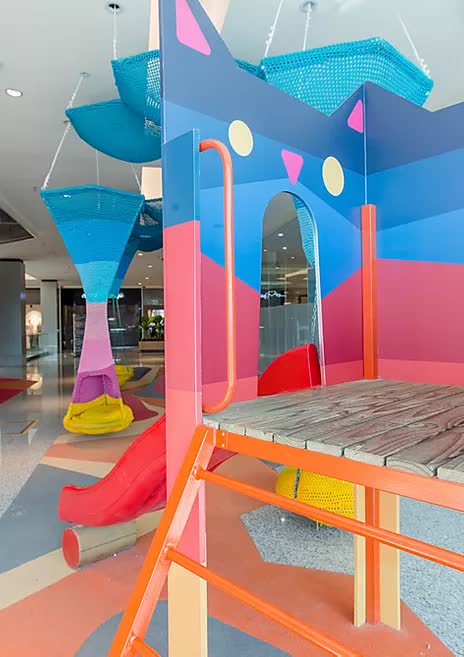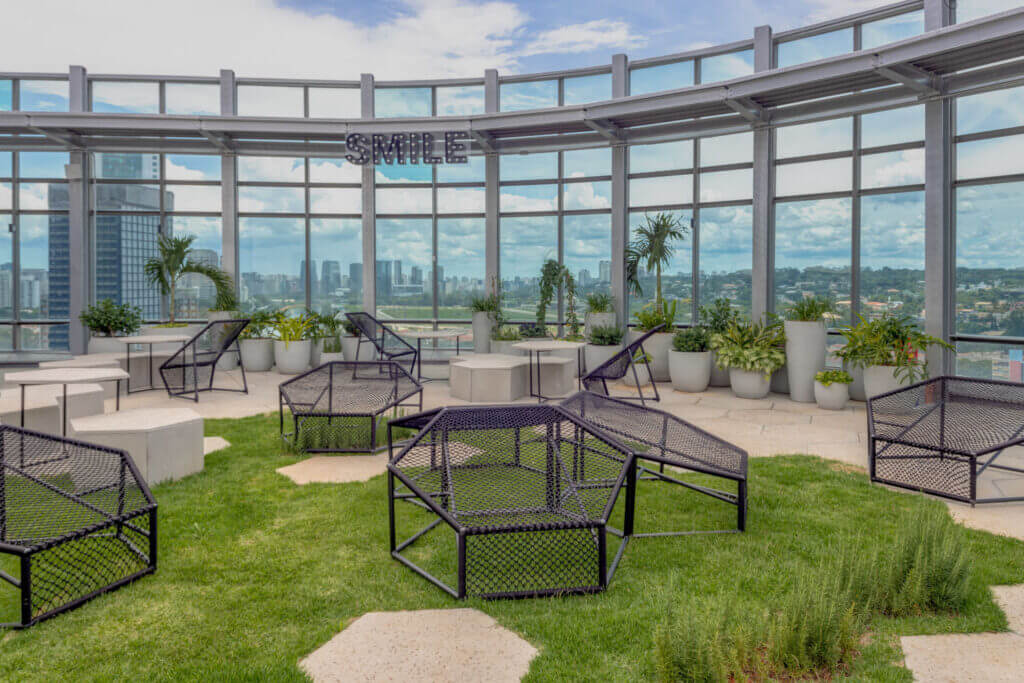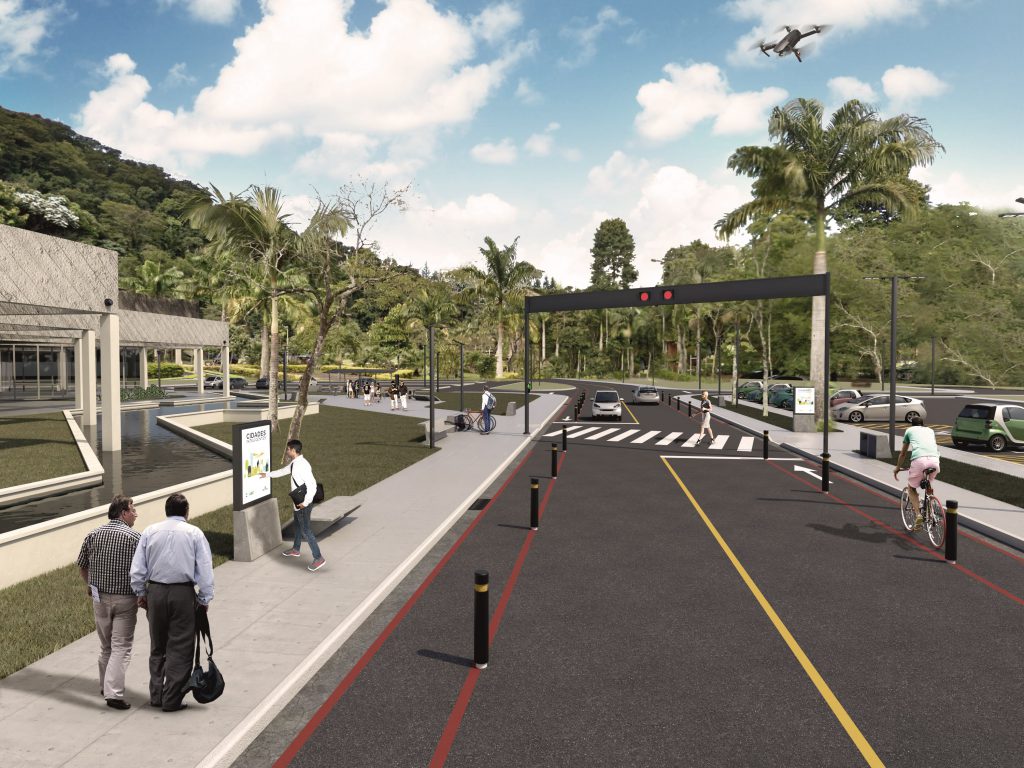Nature tourism can be influenced by different sectors of the country, such as the architecture market, which has a lot to contribute with modern, sustainable solutions that preserve the Brazilian tourist order.
Check out, in this article, what nature tourism is, how it contributes to the economic growth of countries and much more!
What is nature tourism?
Nature tourism focuses on tours and trips to places where natural beauties are the main tourist attraction. Within this, there is a huge range of possibilities worldwide, especially in Brazil, with almost 297 state and federal natural parks.
These parks are preserved by the Brazilian government, with the help of society, the third sector and the private sector. Some examples are the Tijuca National Park, the Iguaçu National Park, the Jericoacoara National Park and the Jalapão State Park.
In all these places it is possible to practice nature tourism, focused on adventure tourism, which includes extreme activities, such as rafting, trails, diving and canoeing. These activities can be practiced in Tocantins and Fernando de Noronha, for example.
It is also possible to practice sustainable tourism, when visiting places where natural resources are used sustainably, in order to obtain a better economic use in the region. This is the case of the city of Bonito, in Mato Grosso do Sul, which is considered one of the best sustainable tourism destinations in Brazil.
Cabe lembrar que muitas políticas públicas vem acontecendo para fomentar a visitação e melhoria das estruturas dos parques naturais com visitação, alguma em processos de Concessão Pública, e a Plantar Ideias é responsável por uma série de projetos e propostas que caminham nessa agenda.
How does nature tourism contribute to economic growth?
The economy of several countries is directly associated with the way they take advantage of their tourist resources for the development of the nation. In countries such as Croatia and Thailand, the share of tourism in the Gross Domestic Product (GDP) amounts to more or less 20% of the total.
In Brazil, we were unable to make tourism reach 8% of GDP, which is completely outside of any estimate consistent with what can be generated with so much natural beauty, especially with regard to Brazilian parks and conservation units.
According to a study by Instituto Semeia, Brazil has the potential to generate up to 1 million jobs and 44 billion reais for GDP, provided that tourism is better worked on and that the potential for national and foreign visitation is taken advantage of here in the country.
In the projects that Plantar Ideias has developed, for example, revenue generation is a crucial factor for the sustainability of the maintenance and management of natural parks with resources that the Conservation Unit itself is capable of generating.
Public policies and partnerships with private companies for nature tourism
Public policies and public-private partnerships certainly help to promote tourism in Brazil. It is necessary that political leaders begin to see the full potential of Brazilian tourism, to make policies lasting, viable and, of course, sustainable.
The third sector, as well as private companies, can and should also exercise their social role, helping to develop the tourist organization of Brazilian regions. By doing so, it is possible to create a virtuous cycle, in which regions are developed to receive tourists, boost the local economy and still preserve nature.
Architecture and nature tourism
Architecture can play a key role in the search for sustainable options for parks and preservation units throughout Brazil, through tourism planning. For this, it is always necessary to aim at the best use of natural resources and the creation of strategies that ensure that the places to be visited can be preserved and, at the same time, delight tourists.
This is exactly what Plantar Ideias proposes to do with its technical advisory work for external area projects, public-private partnerships, feasibility studies and creation of natural spaces aimed at sustainability and nature preservation.
Continue here on the Plantar Ideias website to learn more about our projects. sustainable architecture!
Check also: Paisagismo jardim tropical

